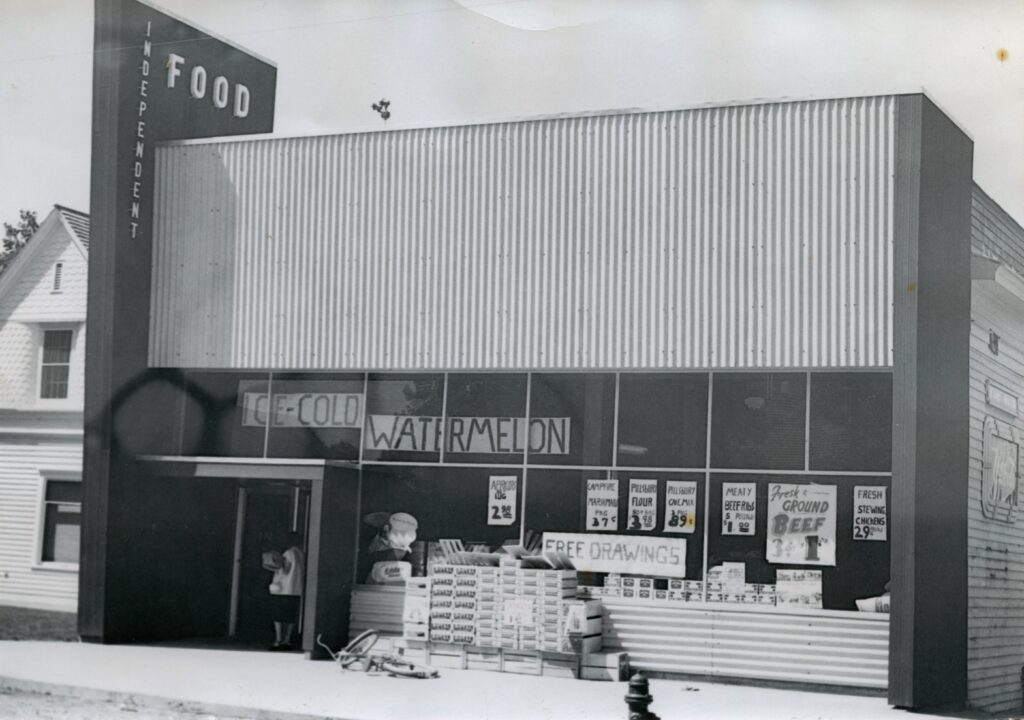ABOUT THE MUSEUM
Established in 1977, our museum is home to Blaine County’s long, storied, and thoroughly western past. From our exhibits to our archives, our institution exists to retell and preserve the legacy of those who have inhabited this land, from the mighty Gorgosaurus who lived nearly 80 million years ago, to the evolving Plains Tribes, to the farmers, ranchers, and businesspeople who created lives for themselves here during the 19th and 20th centuries.
The mission of the Blaine County Museum is to collect, preserve, and interpret the history of Blaine County, North Central Montana, and the West. While looking to the past, the museum must always remember that its ultimate obligation is to the people of today and those who will follow.
BLAINE COUNTY HISTORY
Blaine County is located in North Central Montana. It was formed from Choteau County in 1912. The county seat is Chinook, which sits on the Hi-Line approximately 30 miles south of the U.S./Canada border.
This county is bordered to the north by the Canadian province of Saskatchewan, extends 85 miles south, and is 50 miles east to west. Towns in Blaine County include Turner and Hogeland on the “Big Flat”, a noted spring wheat farming area to the north; Lohman, Chinook, Zurich, and Harlem situated in the Milk River Valley; and Hays and Lodge Pole on the Fort Belknap Reservation.
Historically, this land was part of the Blackfeet tribe’s hunting territory, and was populated as far as the eye could see with herds of bison. The French Canadian fur trader Pierre Gaultier de Varennes is thought to have been the first Caucasian to visit this area, having explored Montana between 1731 and 1742. Lewis and Clark’s Corps of Discovery would pass through the southern border of Blaine County in 1805. Ranching operations in this area began following the Desert Land Act of 1877. Settlements for farming and ranching would begin to grow in numbers during the late 1880s, following the construction of the Great Northern Railroad in 1887. Large scale homesteading would begin around 1910.
OUR MUSEUM'S HISTORY
The building that would become the Blaine County Museum was constructed in 1915 by John Griffin to serve as a recreation center for the growing community of Chinook, Montana. This facility, known aptly as Griffin Hall, housed a large stage with dressing rooms which catered to traveling performers, local amateurs, and schoolchildren. Dances, weddings, banquets, graduation ceremonies, sporting events, and agricultural exhibits took place in the hall as well. The lower level of the building even housed a bowling alley and billiard tables.
In 1938, Griffin Hall became Ed’s Food Store and in 1940 it became the Independent Food Store. When the grocery store moved to its new location, an auto parts business leased the building for a few years.
Herb and Isabel (Griffin) Bonifas gave the building to Blaine County for a museum in 1973. With the help of Green Thumb carpenters and the Chinook History Group, the museum held its grand opening in 1977.

